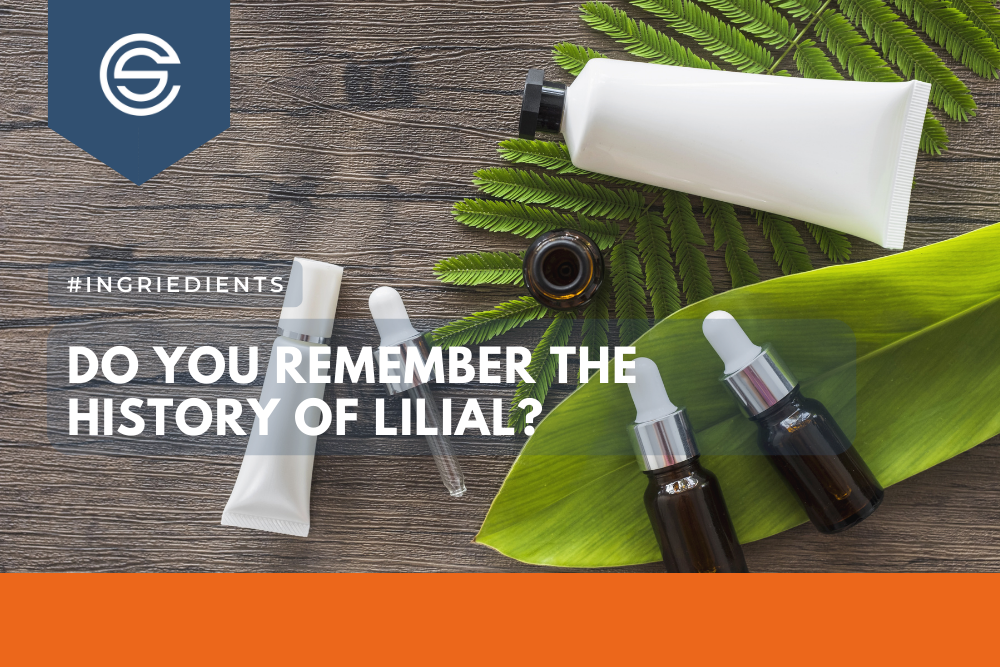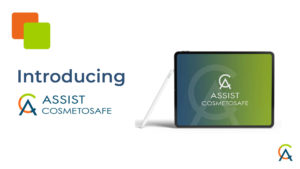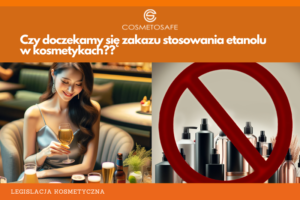Do you remember the confusion caused by the change in the component legislative status?
The possibility of introducing and making available cosmetics with Lilial in the European market ended on March 1, 2022. Why? Because Article 15 of the Cosmetics Regulation prohibits us from using the CMR substances (unless by way of cosmetic legislation exception, we can justify its safe use… but that didn’t happen here).
We mentioned that the substance status for other products categories, e.g. detergents, has not changed (as long as the final mixture with its content does not meet the criteria for classification as reprotoxic Lilial can be used in such products). According to the current intentions, it appears that Lilial usage in other industries seems to be in danger, too. As of July 8 2021, Butylphenyl Methylpropional (Lilial) has been included in the Candidate List of Substances of Very High Concern (#SVHC) due to its properties (Repr. 1B). In February 2022, a formal application was submitted for the Lilial inclusion in Annex XIV of the REACH Regulation (the so called “Authorisation List”). If the proposal will be accepted, an entity that wants to use lilial will have to apply for a special authorization for usage. You can find more information in the attachment: https://echa.europa.eu/pl/recommendations-for-inclusion-in-the-authorisation-list/-/dislist/details/0b0236e186ebd987.
If you are interested in which substances are currently subject to the authorisation procedure, look at: https://echa.europa.eu/pl/authorisation-list.
Okay, the situation with lilial (at least for us) is a closed chapter. Are other cosmetic ingredients currently at risk?
The Official EU Journal has just published the so-called 18 ATP to the CLP Regulation, changing the chemical classification of several substances. Read more: https://eur-lex.europa.eu/legal-content/PL/TXT/?uri=CELEX:32022R0692.
Some of the regulated ingredients are used by the cosmetics industry; but we will focus on one of them…
Do you like cocoa, tea, yerba mate?? One of their active constituents is theophylline – like caffeine – belonging to the group of purine alkaloids… It has just obtained the status of a reprotoxic substance with EU legislation: Theophylline (CAS no 58-55-9): Repr. 1B. Its natural content in common foods is not compromised, but it will no longer be able to be used as a stand-alone cosmetic ingredient.
Theophylline under the so-called Omnibus VI will be included in Annex II of the Cosmetics Regulation and banned for use. The deadline for introducing the ban (as was the case with lilial) will be the date of “entry into force” of 18 ATP to CLP, i.e., November 23, 2023.
Check whether your products contain ingredients listed in 18 ATP and adequately prepare for legislative changes. Do not let the situation surprise you again!!!




